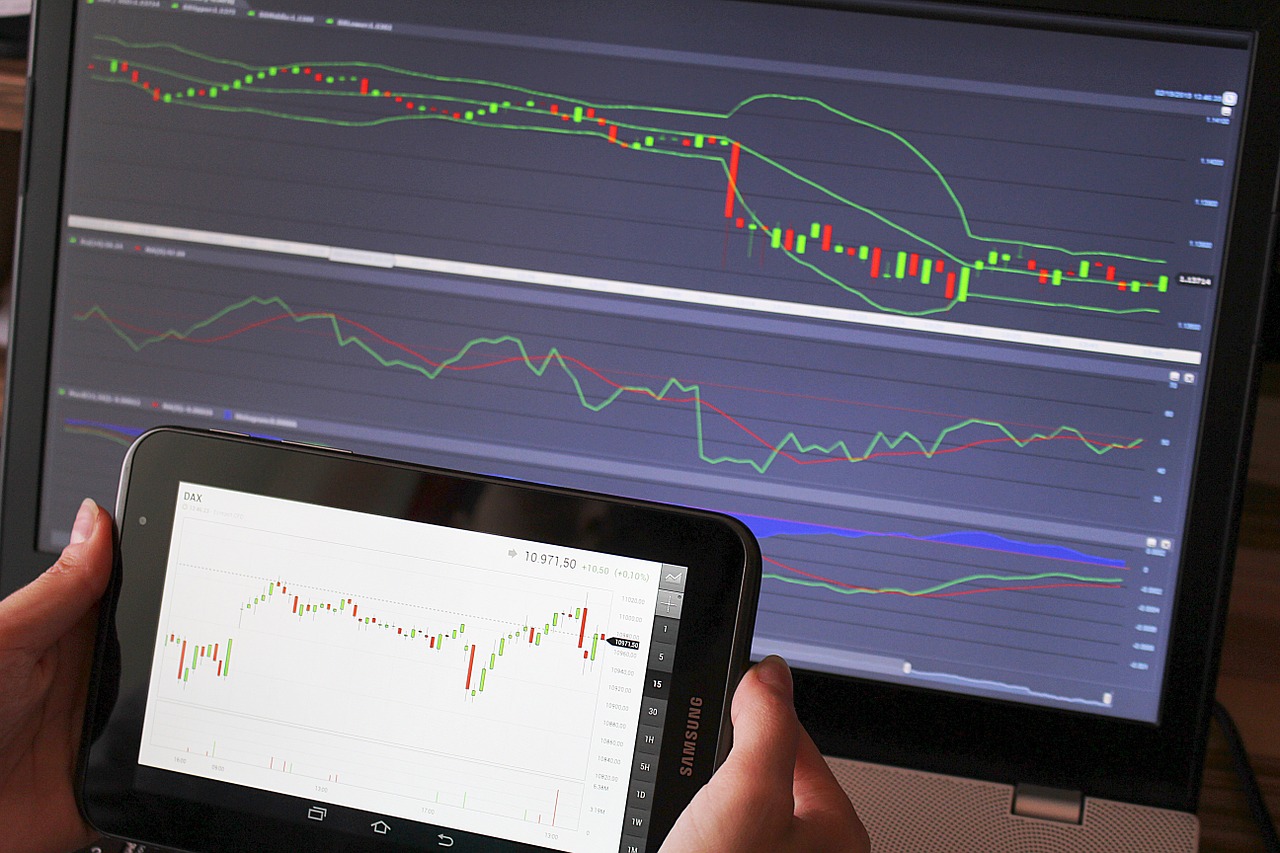Swissquote Bank: Eyes on US crude inventories data as weak prices spill to June contracts
Swissquote Bank: Eyes on US crude inventories data as weak prices spill to June contracts

By Ipek Ozkardeskaya, Senior Analyst at Swissquote Bank
Equities in Europe and US fell about 3-4% on Tuesday, as plummeting oil prices dented the investor appetite. The sell-off continued in Asia, though at a slower pace.
Activity in FTSE (+0.18%) and Eurostoxx (+0.22%) hint at a flat-to-positive start in Europe on Wednesday, but energy stocks will likely remain unloved on disquieting volatility in oil markets.
Large trading volumes caused substantial price swings in the WTI June contract yesterday. Though the roll over crisis is behind, the downside pressures have well spread beyond the May contract that expired yesterday and the anxieties over too plenty of oil are here to stay. Trading halted three times to contain the wild swings in New York yesterday. WTI June contracts settled near the $10 a barrel mark at the time we are writing these lines.
As the storage crisis in oil markets continue making the financial headlines, the EIA data on weekly US stockpiles will inevitably be the key highlight of the day. Data released since the beginning of April revealed that the US crude inventories have risen by almost 50 million barrels in the past three weeks. A consensus of analyst expectations points at another 16.13 million-barrel increase last week, which would only confirm the deepening oil storage crisis in the US and hinder the potential of a positive recovery in the severely depressed oil markets. With the supply-side hopes completely smashed, shorting the Brent/WTI spread in expectation of a price convergence could help hedging the contango during the future roll overs, but it will likely take months before the US oil market dusts itself off. There is mounting chitchats about another OPEC intervention, but at this stage, anything less than a complete halt in production would not do the trick.
Speaking of data, released yesterday, the British jobless rate unexpectedly rose to 4% in February, while wages grew less than 3% y-o-y. But good news was the significantly lower-than-expected claimant count in March. The data showed 12.1K Brits claimed for jobless benefits versus 172.5K penciled in by analysts, therefore reassuring investors that the deterioration in jobs market next month may not be as devastating as many expect. Due today, the headline inflation in the UK will likely confirm a decline in consumer price growth from 1.7% to 1.5% in March amid the significant slowdown in economic activity took a heavy toll on the overall demand. Then, the extraordinarily low oil prices have certainly added insult to injury. Softer inflation, combined to a weakening jobs market keep the Bank of England (BoE) doves alert, and could encourage a deeper downside move in Cable toward the 1.20 mark. But for now, there is no expectation of a further monetary action from the MPC’s May 7 meeting.
In Germany, the ZEW survey printed a new low of -91.5 in April, but the sentiment index turned unexpectedly positive, hinting that the drop in new coronavirus cases and prospects of looser confinement measures give hope to investors, even though the European nations will be left with a heavy debt burden from the actual economic crisis in the coming quarters and years.
Due today, the Eurozone consumer sentiment index may also show some resilience compared with the expectation of a further drop to -19.6 in April from -11.6 printed a month earlier. But even improved consumer and investor surveys could be insufficient to boost the euro appetite before Thursday’s Eurogroup summit. Uncertainties regarding a joint EU plan, or the lack thereof, could overshadow the optimism we may see through economic data and keep the euro offered below the 1.09 mark, the 200-hour moving average.
On the earnings side, Netflix beat analyst estimates in the first quarter of 2020, adding 9 million more subscribers than it promised as the coronavirus-led lock-in boosted viewership. The 28% jump in revenue compared with the same period last year would have been better without the appreciation in the US dollar. Nevertheless, the company remained conservative on its future predictions. Overall, there was nothing surprising in overperforming Netflix results, as tech companies including Netflix, Amazon and Microsoft were anyhow expected to come out of a broad-based global lockdown triumphant.
Else, there is little move in the FX markets. The US dollar index treads water a touch above the 100 mark, as the US 10-year yield extends its decline to 0.55%.
Gold tests the $1680 per oz.
Finally, the latest meeting minutes from the Reserve Bank of Australia (RBA) showed that the bank gradually reduced its daily bond purchases as it opted for an active yield-control strategy rather than a fixed amount of daily purchases to support the economy. Australian retail sales jumped 8.2% m-o-m in March, the strongest on record, as households rushed to shops before the confinement measures hit the continent. The AUDUSD continues seeing support near its 50-day moving average (0.6274), but the renewed downside pressure in copper will likely cap the upside potential near the 0.65 mark.




